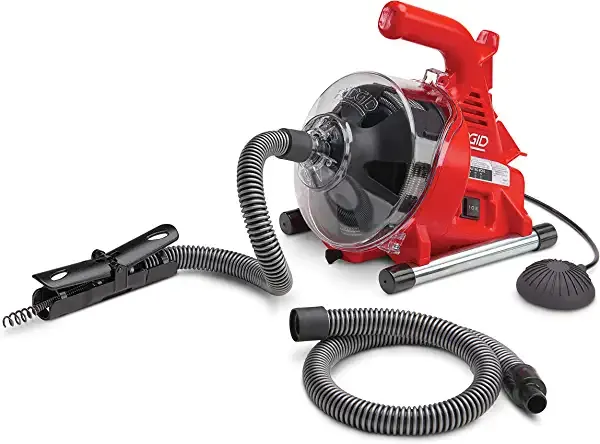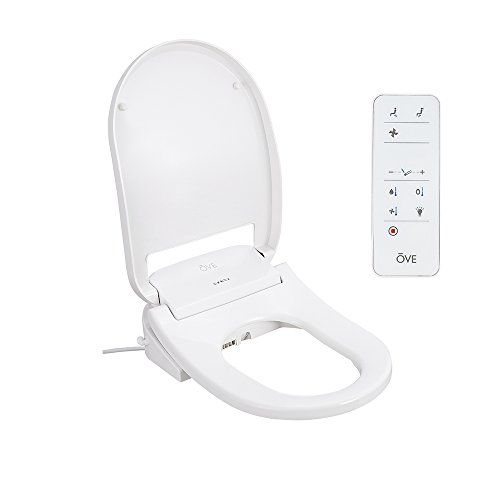How To Clear A Slow Flushing Toilet of 2025
Is your toilet flushing slower than usual, disrupting your daily routines? Learn how to clear a slow flushing toilet in this comprehensive guide. We delve into common causes and provide practical solutions that can be implemented easily. Get ready to say goodbye to slow flushing and hello to swift, efficient bathroom experiences.
The process of clearing a slow flushing toilet involves several factors, including understanding the cause, identifying the location of the clog, and choosing the appropriate method to clear it. Whether it's due to build-up in the pipes, blockage in the toilet trap, or an issue with the septic system, various solutions can be applied. The right method depends on the nature and severity of the problem.
Slow flushing toilets can be quite frustrating. More often than not, it's a sign of underlying issues that need immediate attention. The good news is, you can often fix a slow flushing toilet with a few tools and a little know-how. So, let's dive right into the comprehensive guide to address this issue.
Identifying the Problem
The first step to fixing a slow flushing toilet is identifying the root cause of the problem. It could be a clog in the drain pipe, low water level in the tank, mineral build-up in the rim feed holes or jet holes, or a malfunctioning flapper.
Cleaning the Rim Feed Holes
If the toilet bowl doesn't refill quickly after each flush, it could be due to mineral build-up in the rim feed holes under the toilet rim. To clean them, use a small mirror and a coat hanger to identify and clear the mineral deposits. Make sure you turn off the water supply before starting the cleaning process. Alternatively, you can use a commercial toilet cleaning solution for a more thorough cleaning.
Checking the Water Level
A low water level in the toilet tank can also lead to slow flushing. The water level in the tank should be about one inch below the overflow pipe. If it's lower than this, you need to adjust the float to allow more water into the tank.
Inspecting the Flapper
The flapper creates a seal within the tank. When it's lifted during the flush, it allows water to exit into the bowl. A malfunctioning flapper can lead to a slow flush. Check the condition of the flapper and replace it if necessary.
Dealing with Drain Pipe Clogs
Sometimes, the problem could be a clog in the drain pipe. To fix this, you'll need a toilet auger or a plunger. If you're using a plunger, make sure you have a good seal and give it a few firm plunges. If you're using an auger, insert it into the bowl and turn the handle to break up the clog.
Using a Commercial Cleaner
If the slow flush persists even after addressing these issues, you might need a stronger solution. A commercial toilet cleaner or a drain cleaner can help dissolve stubborn clogs and mineral deposits.
Remember, it's crucial to wear gloves and eye protection while using these products, as they contain strong chemicals that can cause skin and eye irritation.
Conclusion
Fixing a slow flushing toilet doesn't always require a call to the plumber. With a little bit of patience and the right tools, you can address this issue yourself. However, if all these solutions fail to solve the problem, it might be time to consider a professional's help. Don't let a slow flushing toilet ruin your day - take action and restore the efficiency of your toilet.













.jpg)








